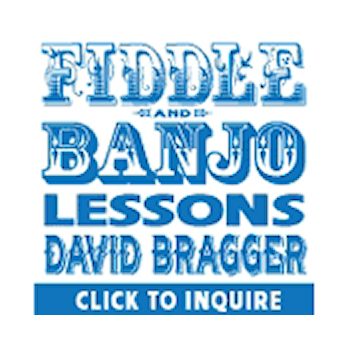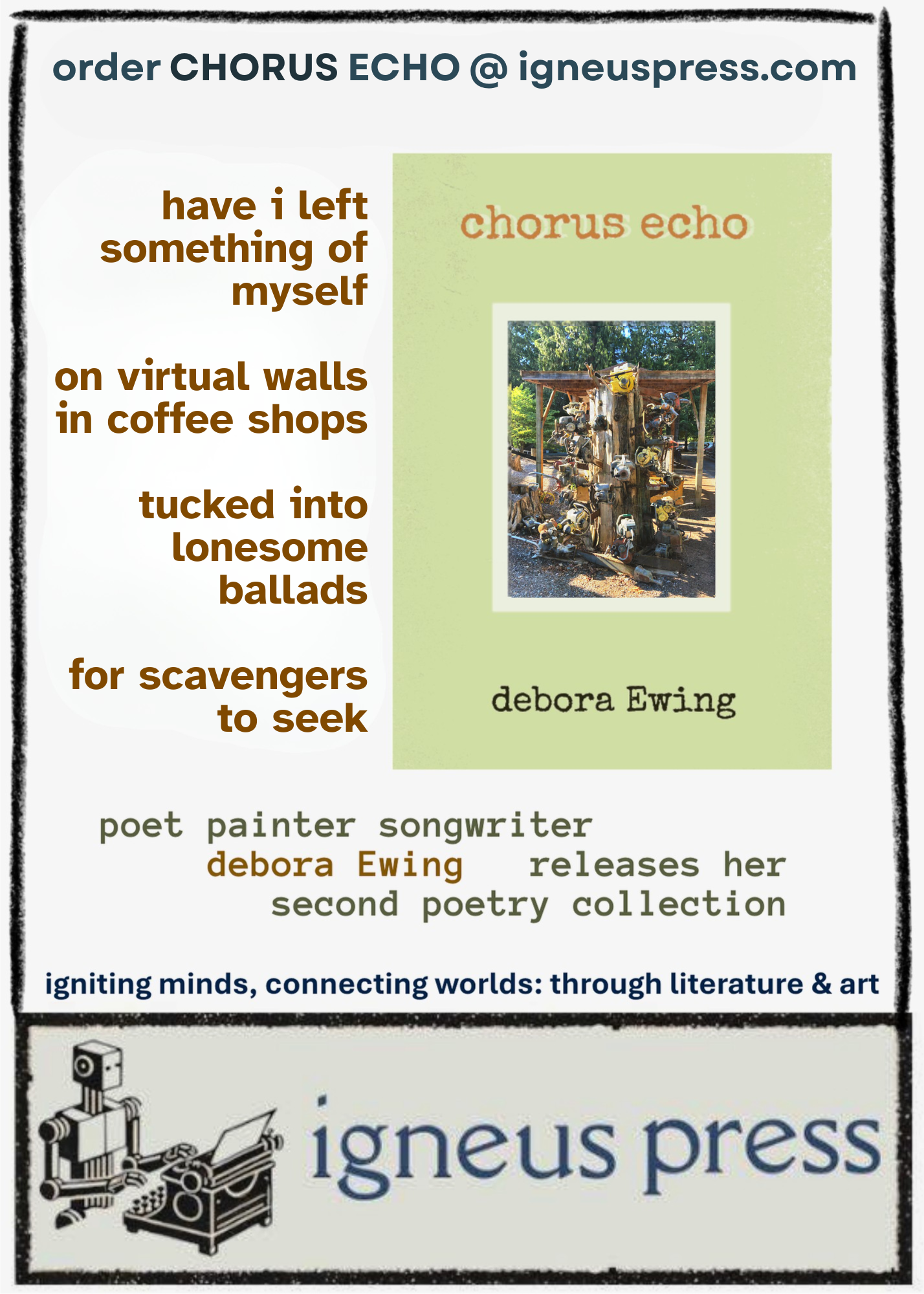Feature Articles Front Page Block
{source}<?php
$title = “Feature Articles”;
$category_name = “Feature Articles”;
$category_name_one = “Feature Article”;
$cat_alias = “Feature Articles”;
$cat_id = 60;
$parent_id = 2182;
$link_prfx = “/features/feature-articles”;
$snippet = “snippet “;
echo “{” .”$snippet front-page-block |$title|category_name=$category_name&category_name_one=$category_name_one&cat_alias=$cat_alias&cat_id=$cat_id&link_prfx=$link_prfx&parent_id=$parent_id}”;
$text = JHtml::_(‘content.prepare’, $text);
?>{/source}






